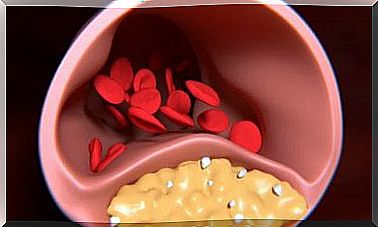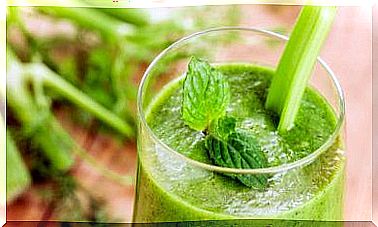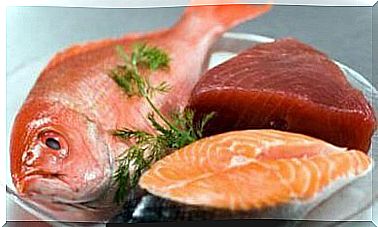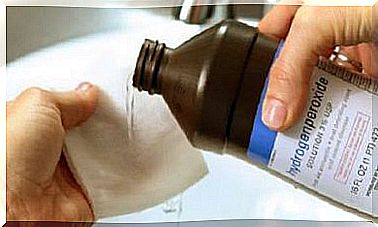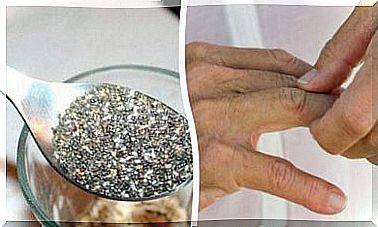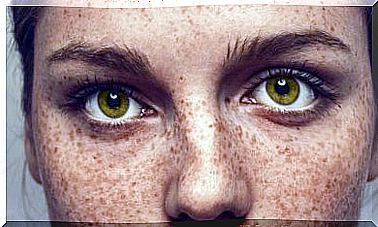7 High Iodine Foods You Should Include In Your Diet
How about you, are you getting enough iodine?
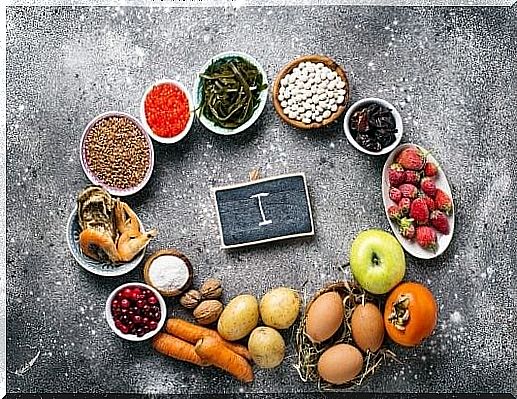
Iodine is a fundamental micromineral in the synthesis of thyroid hormones, essential for the regulation of the body. Do you know which foods rich in iodine should be part of your diet?
Although the amount of iodine needed each day is very low, it almost doubles during pregnancy and breastfeeding, and its lack can have serious consequences for the baby. Fortunately, there are many foods that are high in iodine. In this article, we will mention the 7 best for our health, so that you can incorporate them into your diet.
Why is iodine important?
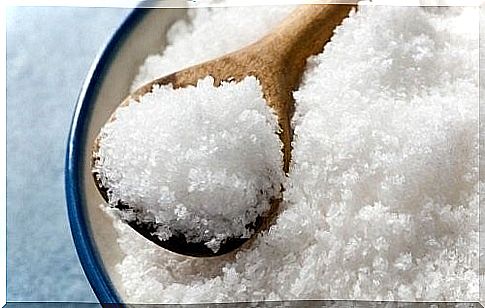
It is important to keep in mind that iodine is fundamental for the development of hormones in the body and its deficiency during pregnancy can affect the development of the baby. Additionally, problems like goiter, an enlarged thyroid gland, are caused by a lack of iodine in the diet, among other things.
Some recommendations on iodine consumption
The best way to get the daily requirement for essential vitamins is to eat a balanced diet containing a variety of foods. The Food and Nutrition Committee of the Institute of Medicine recommends the following dietary intakes of iodine:
Babies:
- 0-6 months: 110 micrograms per day (mcg / day)
- 7-12 months: 130 mcg / day
Children:
- 1-8 years: 90 mcg / day
- 9-13 years: 120 mcg / day
Adolescents and adults:
- Men aged 14 and over: 150 mcg / day
- Women aged 14 and over: 150 µg / day
- Pregnant women of all ages: 220 mcg / day
- Breastfeeding women of all ages: 290 µg / day
Specific recommendations depend on age, gender, and other factors such as pregnancy. Talk to your doctor about what should be the best intake amount for you, based on your needs.
7 foods rich in iodine
1. Iodized salt
Although not a food in itself, it is the richest iodized condiment: 1900 mcg per 100 grams. Even if it is much more beneficial than refined table salt, especially thanks to its iodine contribution, it is still less popular.
To consume it, just ditch your common table salt and opt for iodized salt. You just have to use it to season any dish. But always in moderation.
2. Marine algae
In the sea, there is a large amount of seaweed with a high iodine content: kelp, arame, hiziki, wakame and jambu . The kelp , for example, contains four times more iodine than the recommended daily intakes and a tablespoon arame contains 730 micrograms of iodine.
You should therefore be careful, because thyroid problems can also result from excessive iodine consumption. As seaweed is not very present in our recipes, we recommend that you use them to enhance your soups or salads, and thus gain health and flavor in your dishes.
3. Blueberries
This antioxidant-rich forest fruit is also an inexhaustible source of iodine. With just 11 grams of blueberries, we can ingest 400 mcg of iodine. In addition, they are low in calories and low in carbohydrates. They are rich in vitamin C, a source of fiber, they improve intestinal transit and contain potassium, iron and calcium.
But what really characterizes blueberries is their abundance of natural antioxidant pigments. In addition, cranberries, from the same family, are our best allies to help fight recurrent urinary tract infections, according to the Spanish Society of Gynecology and Obstetrics (SEGO), as they improve the body’s diuretic capacity.
4. Fresh fish
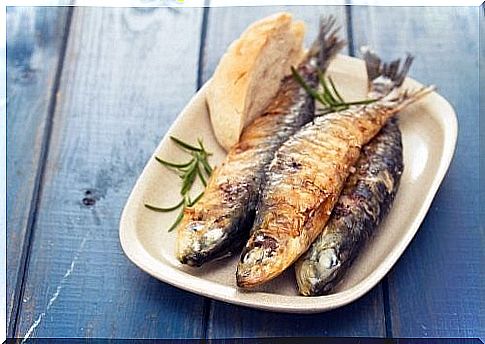
Of all the fish , cod is one of the foods richest in iodine: 170 mcg per 100 g. In addition, its flesh is rich in vitamins B1, B2, B6 and B9, which allow the use of energy nutrients (carbohydrates, fats and proteins).
On the other hand, 150 grams of mackerel only gives us 208 calories and a lot of health benefits. Among them, 255 mcg of iodine. Like other blue fish, it is rich in omega-3 fatty acids, which helps lower blood cholesterol and triglyceride levels. In short, it takes care of our cardiovascular health.
Tuna is one of the most common blue fish in our kitchen and also contains a significant amount of iodine: 50 mcg per 100 g. Behind are the sardines and hake, with somewhat lower contents, around 30 mcg per 100 g.
5. Mussels
This mollusk is considered a gastronomic gem because it is low in calories but contains a lot of nutritional properties such as vitamins, amino acids and minerals which are very beneficial for health. Among all the minerals it contains, it is obviously rich in iodine: 130 mcg per 100 grams of flesh.
6. Chicken
Among the meats, chicken is one of the foods richest in iodine: 7 mcg per 100g. Especially when you consider that the main sources of this mineral are found in fish and shellfish.
7. Shrimps
Rich in protein and vitamins, seafood is also an excellent source of the iodine that is so much needed by our body. One of the best in this sense is shrimp, capable of delivering 35 mcg in less than 100 grams.
These are just a few examples of foods rich in iodine that you can easily incorporate into your diet. Always remember not to exceed the daily recommendations.


